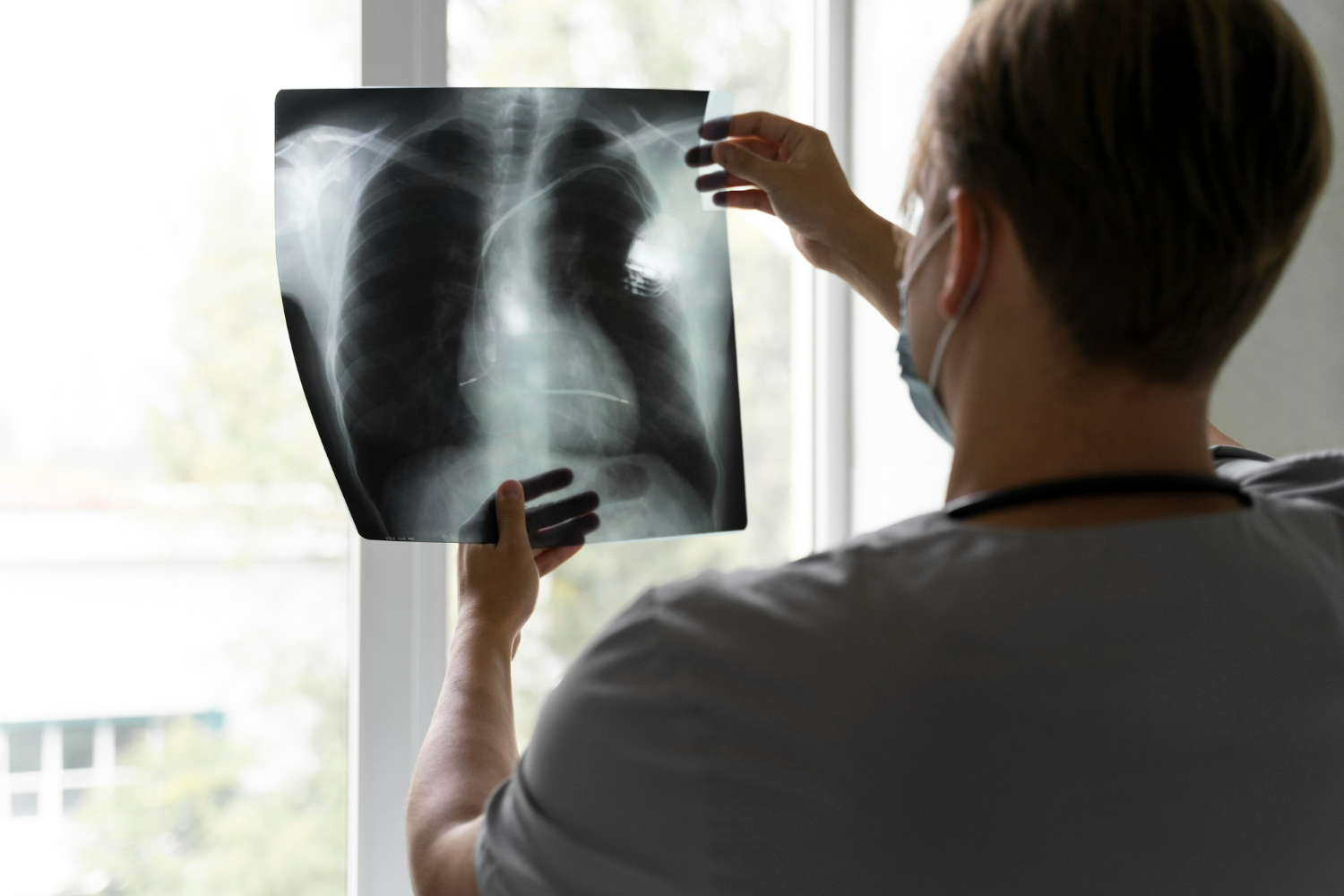Introduction
Blastomycosis, a potentially severe fungal infection primarily affecting the lungs, is caused by the dimorphic fungus Blastomyces dermatitidis. Understanding this condition is crucial due to its ability to mimic other respiratory illnesses, leading to delayed diagnosis and treatment.
Overview, Etiology, and Distribution
Blastomyces dermatitidis, found in soil rich in organic matter, transforms into its infectious form upon inhalation. It’s endemic to specific regions, notably parts of North America, Africa, and Asia, with transmission occurring through inhalation of fungal spores.
Clinical Presentation
Symptoms of blastomycosis vary but commonly include respiratory manifestations such as cough, chest pain, and shortness of breath. Systemic symptoms like fever and fatigue may occur, along with cutaneous manifestations in disseminated cases. However, it’s essential to note that symptoms can vary widely among individuals, making diagnosis challenging.
Risk Factors
Occupational exposure to contaminated soil, outdoor recreational activities, and immunocompromised status elevate the risk of blastomycosis. Those with weakened immune systems are particularly susceptible, highlighting the importance of understanding one’s risk factors and taking appropriate precautions.
Diagnosis
Clinical evaluation, including symptom assessment and exposure history, is crucial for diagnosis. Laboratory tests, such as microscopic examination and culture tests, confirm the presence of Blastomyces dermatitidis. Imaging studies, like chest X-rays or CT scans, help identify characteristic findings. However, diagnosis can be challenging, often requiring a combination of clinical judgment and laboratory investigations.
Treatment
Antifungal medications, primarily azole agents such as itraconazole or voriconazole, constitute the mainstay of treatment. Supportive therapy, including oxygen supplementation and pain management, may be necessary to alleviate symptoms and improve patient outcomes. Surgical intervention is reserved for severe cases requiring abscess drainage or tissue removal.
Prevention
Raising awareness about blastomycosis and its risk factors is essential for early recognition and treatment. Personal protective measures, like wearing masks and gloves during outdoor activities, can reduce exposure. Environmental control measures, such as soil management and sanitation practices, help prevent fungal growth. Additionally, educating healthcare professionals about blastomycosis can improve diagnostic accuracy and facilitate timely treatment.
Complications
Disseminated blastomycosis can lead to severe complications such as septic shock and organ failure. Chronic pulmonary disease may result in long-term respiratory issues, while neurological complications can affect the central nervous system. Therefore, it’s crucial for healthcare providers to be vigilant for potential complications and provide appropriate management.
Research and Future Directions
Ongoing research focuses on developing more sensitive diagnostic tests and vaccines against Blastomyces dermatitidis. Epidemiological studies track the incidence and distribution of blastomycosis, informing public health interventions and resource allocation efforts. Collaborative efforts between researchers, healthcare professionals, and public health authorities are essential for advancing our understanding of blastomycosis and improving patient outcomes.
Conclusion
Early recognition, prompt diagnosis, and appropriate treatment are vital for managing blastomycosis effectively. Increased awareness and education are crucial for timely intervention, offering hope for improved management and control of this fungal infection in the future. By understanding the complexities of blastomycosis and implementing preventive measures, we can minimize its impact on public health and improve outcomes for affected individuals.



















